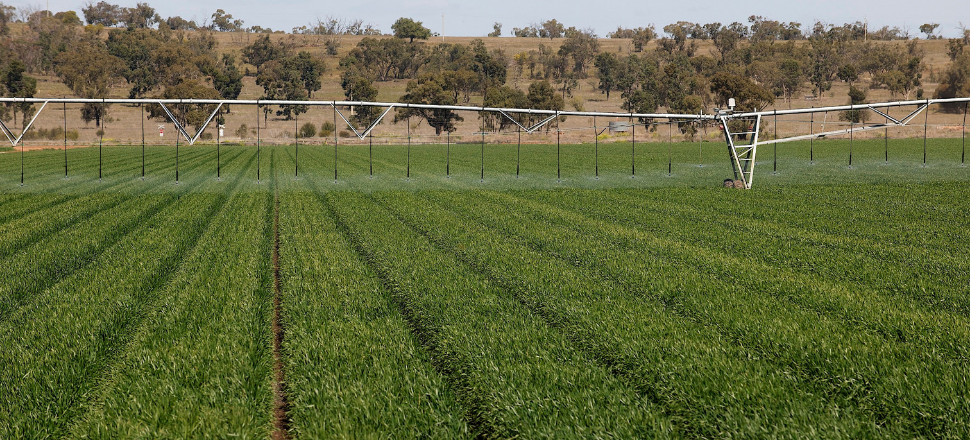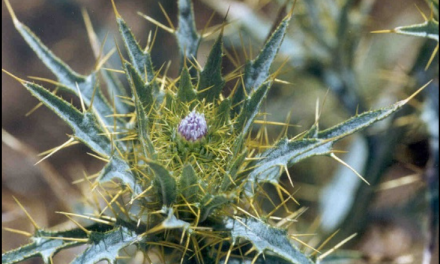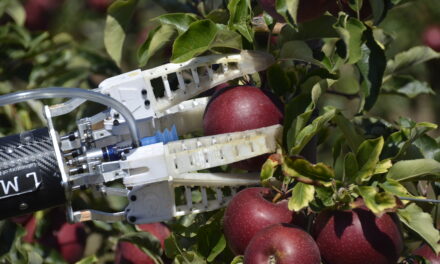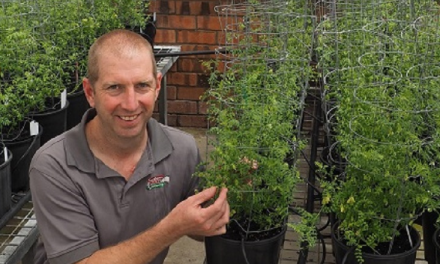Wimmera grain growers are being encouraged to test weeds for herbicide resistance – saving money and improving weed control.
At three workshops coordinated by Agriculture Victoria last month, herbicide resistance expert, Peter Boutsalis from the University of Adelaide, spoke to more than 70 growers and advisers about the importance of resistance testing.
Dr Boutsalis said while herbicides sometimes failed to fully control weeds for a variety of reasons, growers should not assume it was due to resistance. He said two tests were available to growers to determine is resistance was the issue.
He recommended a ‘quick test’ of whole plants to test for resistance to post-emergent herbicides after spraying, while a seed test is better to identify resistance to both pre-emergent and post-emergent herbicides.
“The ‘quick test’ involves sending off whole plant samples for testing, with results usually taking around four weeks to come back,” Dr Boutsalis said.
“The results can allow growers to change weed control strategies for next season.
“They can also inform growers’ decisions around crop-topping or whether they would should cut a crop for hay.”
Dr Boutsalis said the seed test takes up to three months because dormancy has to be broken first, which takes time.
“It is much better to test weeds for herbicide resistance rather than assume you have it,” he said.
“If you change your herbicide choices because you think you have resistance, you may actually be putting unnecessary extra pressure on those herbicide groups.”
Dr Boutsalis has conducted Grains Research and Development Corporation herbicide resistance surveys of the Wimmera every five years since 2005, with the next survey due in 2020.
“In the last Wimmera survey, we found that the level of resistance to a number of herbicides in annual ryegrass had stabilised between 2010 and 2015,” he said.
“At the same time, however, we saw an increase in the level of resistance to certain grass herbicides and detected glyphosate resistance in ryegrass.”
The surveys have shown that the Wimmera has the highest level of glyphosate resistance in Victoria, detected in nine per cent of paddocks.
Crop-topping with glyphosate does not control glyphosate resistant ryegrass and Dr Boutsalis said it could fast-track glyphosate resistance due to the cross pollination of surviving ryegrass plants.
Dr Boutsalis also reported on the varying herbicide resistance levels in wild oats, brome grass, barley grass, Indian hedge mustard and milk (sow) thistle in the Wimmera.
Agriculture Victoria Land Management Extension Officer, Heather Drendel said herbicide resistance was a very important topic for growers, particularly on soil types where fewer pulses were included in crop rotations, which restricts growers’ ability to rotate herbicide groups.
She encouraged growers to adopt a wide range of weed control strategies while aiming to minimise the use of stubble burning as a weed management tool.
Dr Boutsalis will be returning to the Wimmera in February 2020 to deliver more workshops.
The August herbicide resistance workshops were supported by Wimmera Farming Network, the Wimmera Regional Landcare Facilitator and the Wimmera Catchment Management Authority with funding from the Australian Government’s National Landcare Program.
To find out more about performing a ‘quick test’ on suspected herbicide resistant weeds check out this GRDC video (https://youtu.be/qjGGmZJYpDw) or read more here: https://groundcover.grdc.com.au/story/6205598/weed-survivors-could-signal-resistance-issues/.








